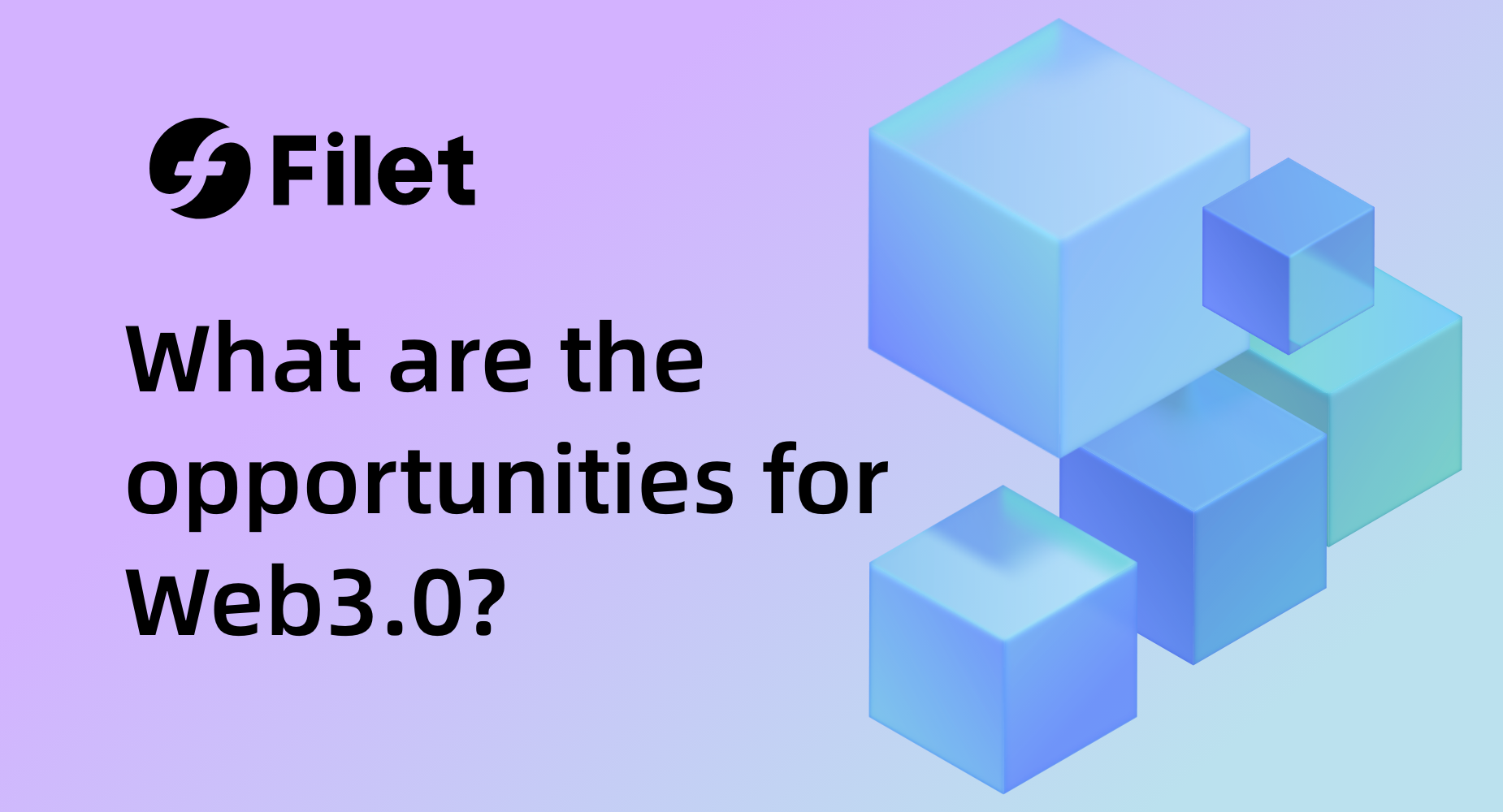Global data amount is “exploding”. From Web 2.0 to Web 3.0, the degree of digitization has continued to deepen, and the volume of global total data information has also increased, and the storage of massive data has become the focus of everyone’s attention. How to store our information data intact, permanently and safely is a problem that is being considered in the whole era.
Filecoin, the leading project in distributed storage has drawn a lot of attention recently and is considered to be a potential project to replace centralized storage in the future. In Filecoin ecology, users mainly spend FIL to get data storage and retrieval services, while storage and retrieval providers can get FIL by providing valid data for the entire network, maintaining nodes, and providing services for users.
In order to allow the vast majority of users to seize the dividends of distributed storage in the first place, the decentralized mining power service platform Filet provides ordinary investors a convenient channel for mining.
In Filet, users do not need to buy mining machines to join Filecoin mining, they can directly stake FIL to get the Filecoin mining power. For FIL holders, this method does not require any investment compared to the traditional way of obtaining FIL through storage providers or cloud computing power.
In terms of staking and earning returns, Filet seems to be no different from other lending platforms. Filet, on the other hand, is backed by Filecoin’s power capacity. After staking FIL, users will immediately receive the corresponding storage power. More importantly, the return of Filet staking is much higher than any other DeFi product.
The launch of Filet provides convenience for many ordinary investors to invest in Filecoin and is an important investment channel in the era of Web 3.0.
